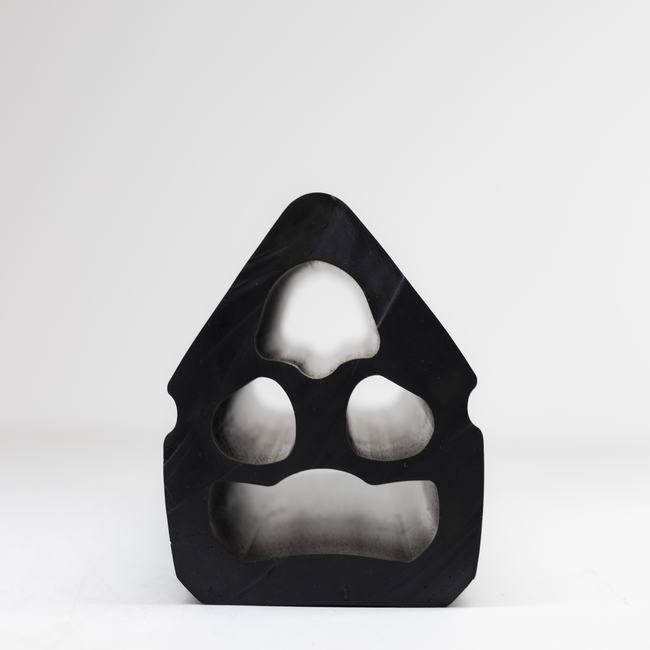“Ship seals” can refer to several different types of seals or sealing systems used in the maritime industry. These seals are crucial for maintaining the integrity, safety, and efficiency of various components and systems on ships and vessels. Here’s a detailed description of some common types of ship seals:
- Hull Seals:
- Hull Penetrations: Ships have various openings and penetrations through their hulls, including those for propeller shafts, rudder posts, and sensors. Seals in these areas, such as stern tube seals and stuffing box seals, prevent water from entering the vessel while allowing these components to rotate freely.
- Bulkhead Penetrations: Bulkheads separate different compartments within a ship. Seals around bulkhead penetrations, such as cable and pipe penetration seals, ensure that water and other substances do not leak from one compartment to another.
- Hatch Seals:
- Cargo Hatch Seals: On cargo vessels, hatch covers are essential for securing cargo and protecting it from seawater. Hatch seals, often made of rubber or other elastomers, create a watertight seal between the hatch covers and the ship’s cargo hold, preventing water intrusion.
- Cabin and Door Seals:
- Cabin Door Seals: Seals around cabin doors, access hatches, and other openings in the superstructure of the ship provide weather protection and maintain comfortable conditions inside.
- Watertight Doors: In naval and commercial vessels, watertight doors are critical for compartmentalization and safety. These doors have specialized seals to prevent water ingress during emergencies.
- Porthole and Window Seals:
- Porthole Seals: Portholes and windows in ship cabins must have watertight seals to keep water out and maintain the structural integrity of the ship.
- Propulsion System Seals:
- Shaft Seals: Ships with propulsion systems driven by shafts and propellers use shaft seals, often known as shaft packing or stern gland seals, to prevent water from entering the vessel through the shaft openings.
- Engine Seals: Seals within the ship’s engines and propulsion systems are essential for preventing coolant or lubricant leaks and maintaining the efficiency of these systems.
- Pipe and Cable Penetration Seals:
- Bulkhead Penetrations: Seals around pipes, cables, and conduits that pass through bulkheads or watertight barriers are critical to prevent flooding in the event of a breach.
- Ballast Tank Seals:
- Ballast Tank Penetrations: Seals around ballast tank penetrations ensure that water remains in or out of these tanks as needed for stability control.
- Lifeboat and Liferaft Seals:
- Hatch and Canopy Seals: Seals on lifeboat hatches and canopies maintain buoyancy and prevent water from entering the lifeboat or liferaft.
- Cable and Wire Seals:
- Cable Transits: These seals are used to maintain the integrity of electrical and communication systems where cables and wires pass through bulkheads or decks.
- Fireproof Seals:
- Fireproof Bulkhead Seals: These specialized seals are used to maintain the fire integrity of bulkheads and prevent the spread of fire and smoke.
Proper maintenance, inspection, and replacement of ship seals are crucial to ensure the safety and operational efficiency of maritime vessels. The type of seal used depends on the specific application and the vessel’s design and purpose, and they play a vital role in ensuring the vessel’s seaworthiness and safety at sea.










